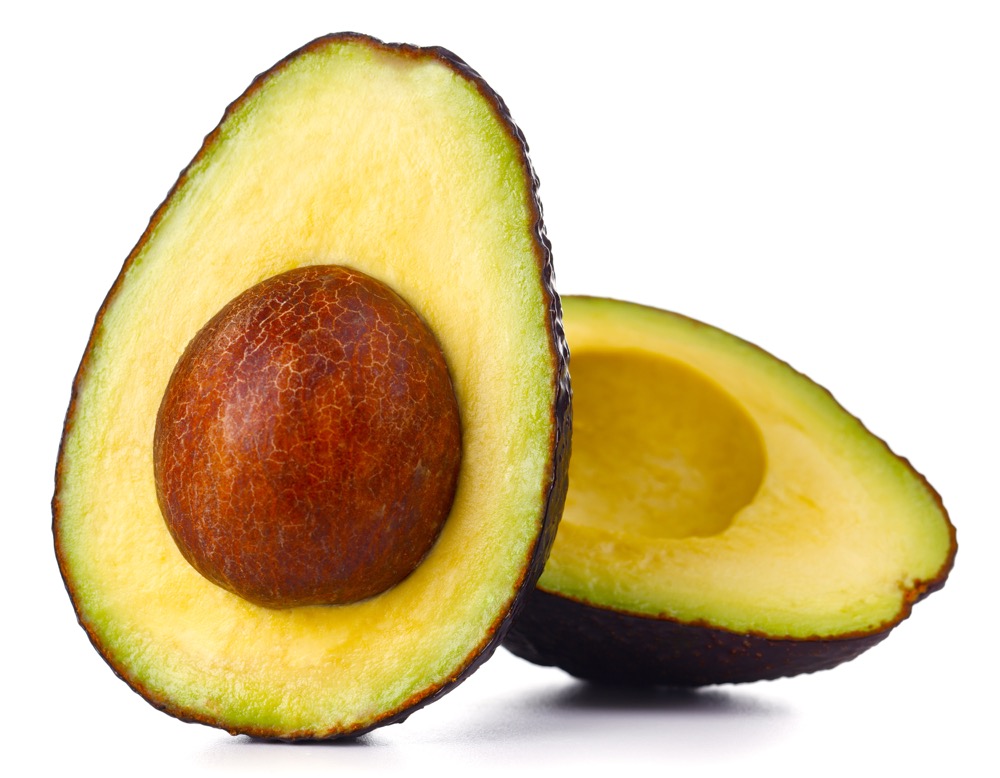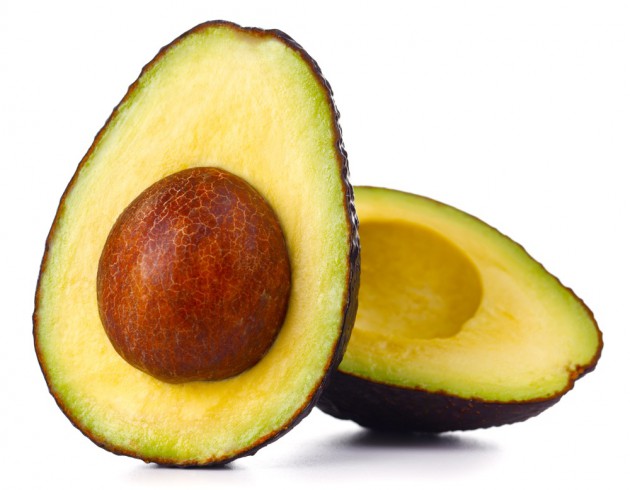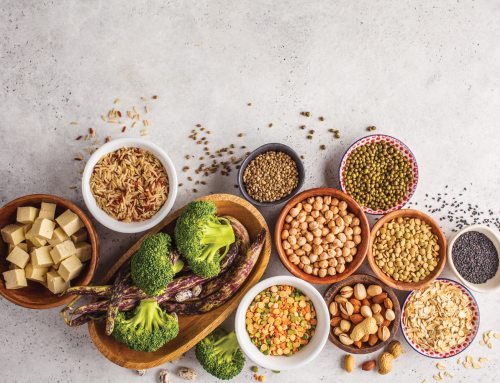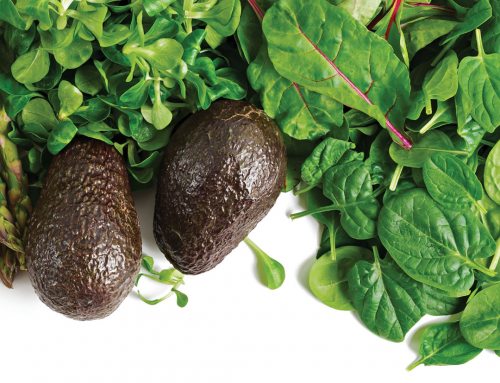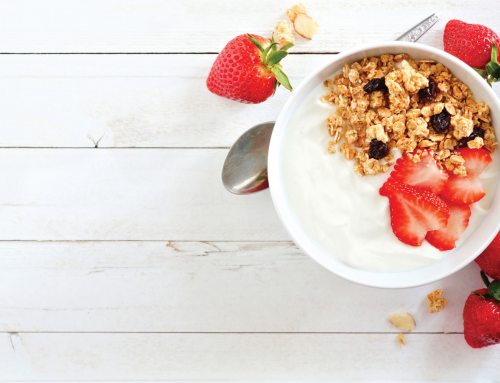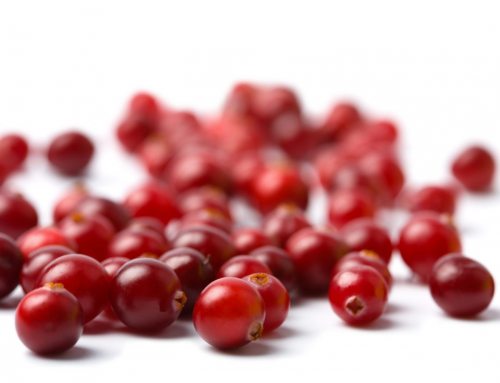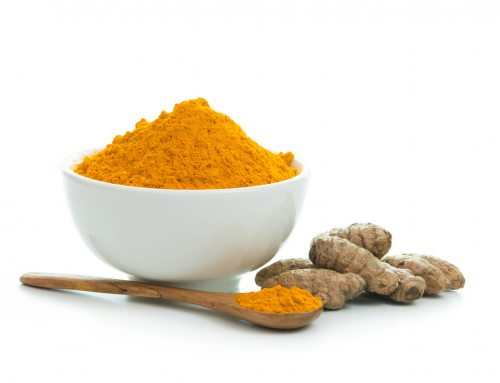Avocados are everywhere these days. They can be smashed on toast, cubed in salads, sliced on sandwiches, and pressed into oils. So, it’s no surprise that avocados have recently claimed the top spot in America’s fruit baskets. You read that right, avocados are fruit, because of their fleshy, seed-associated structure. While avocados have long been popular in California, it has only been during the last few years that their popularity has exploded all over the country. A big part of the reason avocados are now the darling of the produce section is their wealth of health benefits. Avocados offer nearly 20 vitamins and minerals in every serving, including potassium (helps control blood pressure), lutein, (good for your eyes), and folate (crucial for cell repair). They are also a good source of B vitamins, which help fight disease and infection. Avocados are rich in vitamins C and E, too. While they are high in fat, it is the good type – monounsaturated fat, which helps lower bad cholesterol.
Avocados should be stored at room temperature and usually take more than a day or so to ripen. When the outside skin yields to gentle pressure, avocados are ready to eat or refrigerate. The best way to peel an avocado is to slice it in half, working your way around the large seed inside, and twist apart. Once halved, scoop out the fleshy part with a spoon. Before peeling the half that contains the seed, place it on a counter or cutting board and strike the seed with a sharp knife. Once embedded in the seed, you can twist the knife to remove the seed. Once peeled, avocados will brown quickly but, will keep for another day when refrigerated.


